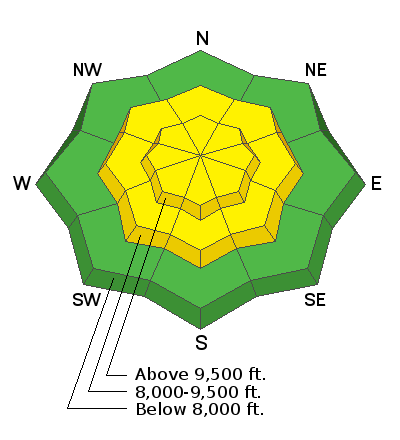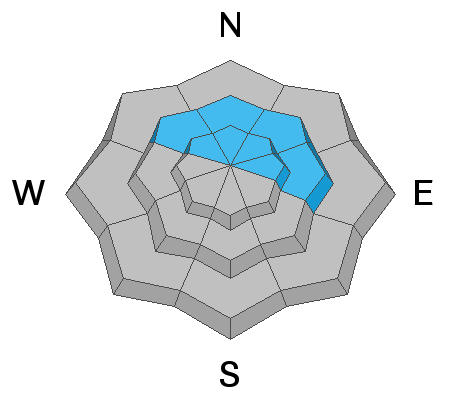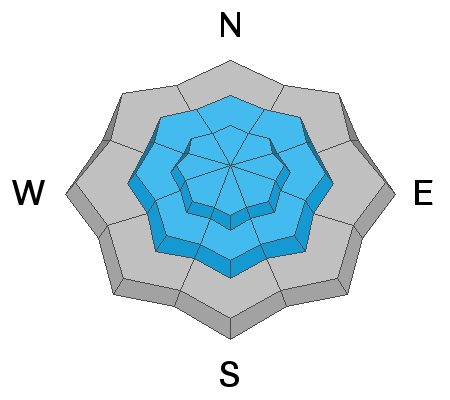Forecast for the Salt Lake Area Mountains

Issued by Trent Meisenheimer on
Monday morning, December 23, 2019
Monday morning, December 23, 2019
A scary MODERATE AVALANCHE DANGER exists for triggering an avalanche 2-5' deep on steep northwest to east facing slopes at the mid and upper elevations. Avoid steep, thin, rocky terrain. A more widespread and tricky MODERATE danger exists for wind drifted snow on a variety of aspects found at the mid and upper elevations. These hard windslabs are unmanageable and should be avoided.

Low
Moderate
Considerable
High
Extreme
Learn how to read the forecast here








